If you have holes in your anthurium leaves, don’t worry! You are not alone. This can happen for a variety of reasons. Here we will discuss the most common causes and how to fix them.
Why Are There Holes In My Anthurium Leaves?
There are holes in your anthurium leaves because there is liriomyza melanogaster, or another pest, present around your plant. These are leaf-tunneling pests that have made their way into your beloved plants causing damage to their leaves.
The pest is sneaky, coming out only at night before burying itself in the day.
If you have noticed brown spots on your leaves, then that might mean that it has contracted the contagious disease of leaf spot. The small, brownish dots begin at the bottom leaves and slowly expand into larger holes as they grow bigger.
How To Prevent Holes in Anthurium Leaves?
You can prevent holes in your anthurium leaves by getting rid of the pests. I like using neem oil, which is a very common pest-control substance. You put it into a small spray bottle and spritz the leaves of your plant with it once in a while when you start to see an infestation beginning.
Neem oil (amazon link) is safe for most plants, but I always recommend doing research on what product is best before using any chemicals or oils around our houseplants!
You can also prevent holes by checking for any signs of leaf spot disease. If you see small brown spots that begin to turn into larger holes, then there is a high chance the plant has contracted it. Neem oil is also a fungicide, so it will prevent anthurium holes if the issue is leaf spot disease.
Most importantly: don’t panic if there are holes in your anthurium leaves – you can fix this problem easily by following these tips!
How To Keep Your Anthurium Plant Healthy?
Location: Keep your anthurium plant in a bright, humid area. Keep it away from the window or any other drafts that might dry out its leaves.
Temperature and humidity: Be careful not to allow the temperature of your anthurium plant to get too high, this will cause its leaves to dry out and turn yellow. This is especially important if you live in a very hot area!
Soil: Be sure to use a good quality anthurium potting mix. I have had success with Miracle-Gro Potting Mix.
Watering: Be careful not to overwater your anthurium plant. Let the soil dry out completely before watering it again! Anthurium plants cannot take being over-watered, but they also don’t like their roots sitting in water for too long – this can cause root rot and kill off your beautiful houseplant.
Fertilizing: Feed your anthurium plant once a month with Miracle-Gro all-purpose fertilizer.
Pruning: Be careful not to over-prune your anthurium plant because it can cause its leaves to turn yellow and dry out. The best time for pruning is when your plant has just finished blooming!
Pests: See the section above on how to prevent holes in anthurium leaves caused by liriomyza melanogaster.
Cleaning: Be sure to wipe off any dust or dirt that has accumulated on your anthurium plant leaves throughout the week. Anthuriums don’t like their leaves being wet for too long and it can cause them to rot, so be careful not to use a spray bottle when cleaning its leaves!
Conclusion
In conclusion, if you have holes in your anthurium leaves, then don’t worry! It’s not a serious issue and there are many ways to fix the problem.
The best solution is to use neem oil to keep pests away and prevent anthurium holes. If you see brown spots that begin to turn into larger holes, then it’s likely the plant has contracted leaf spot disease. In this case, neem oil is also a fungicide, so using it will prevent anthurium leaves from having any more holes.
Tim is an avid gardener from the UK. He was the founder of PlantCarer.com from 2021 to Sep 2023. He sold PlantCarer.com to Aaron. He has since started his own business called Seed To Supper, which provides new gardeners all the materials you need in a box (pots, seeds, compost and instructions) to grow your own delicious and nutritious vegetables and herbs from start to finish – no garden required.




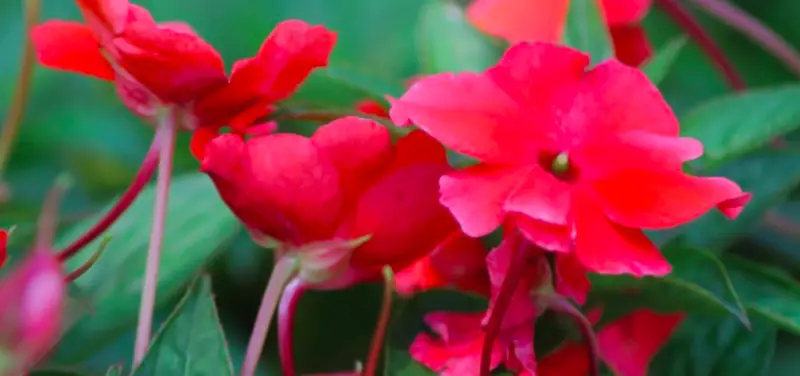
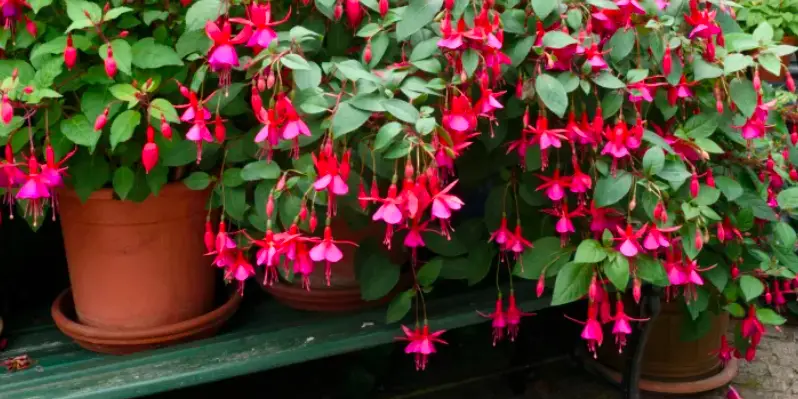
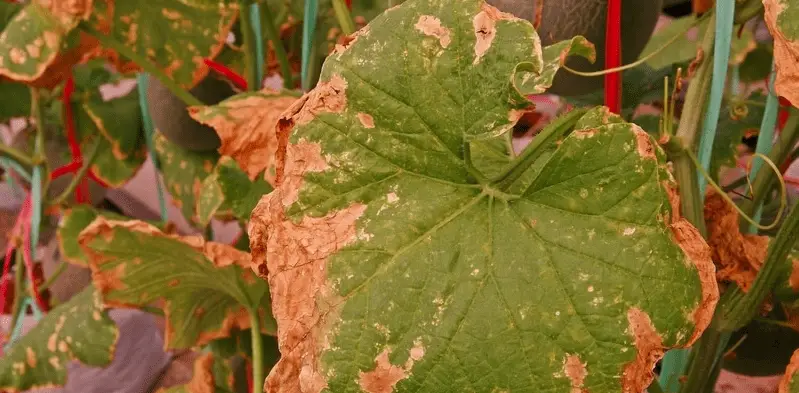
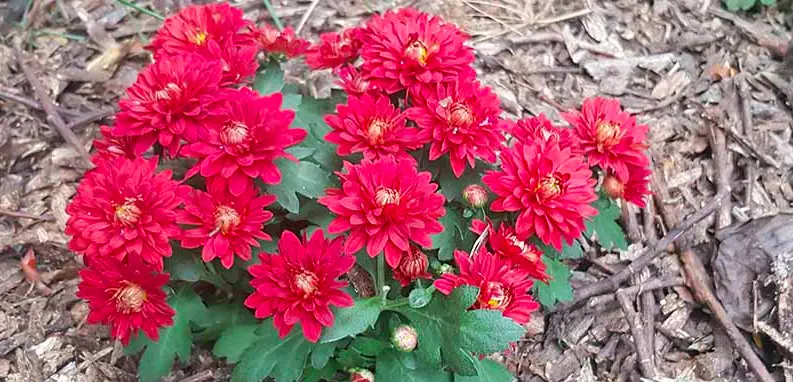
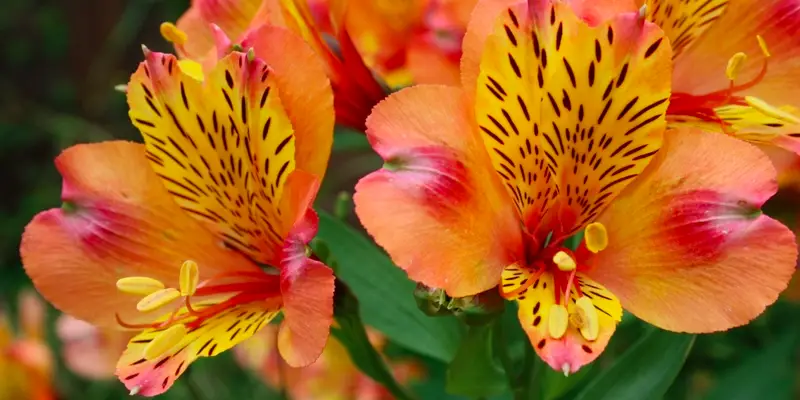
0 Comments